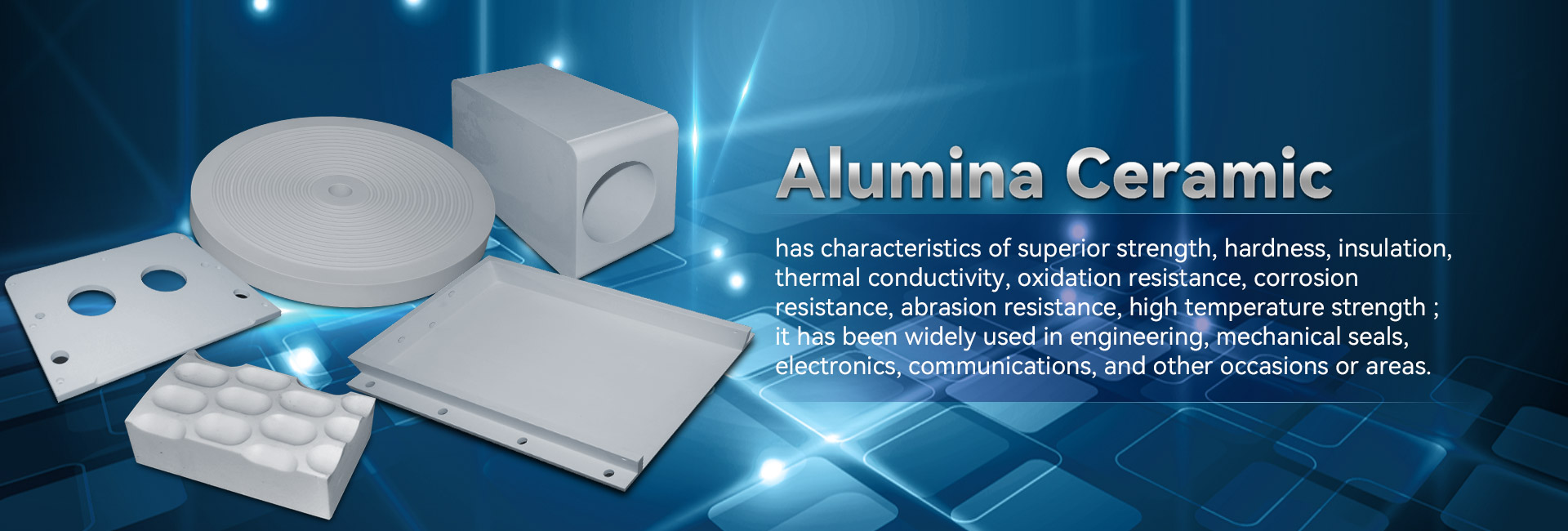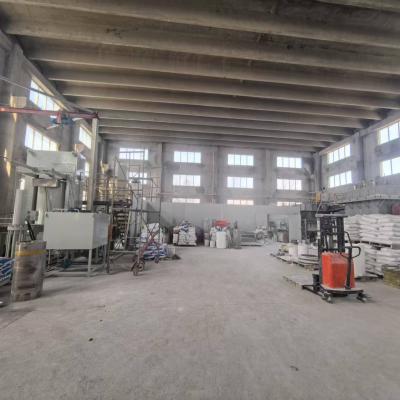
Mechanical substance manifest unmatched molecular qualities, rendering them perfect for a comprehensive set of functions. Developing from flight and automobiles to electronic equipment, these materials are persistently evolving to comply with the expectations of a up-to-date world.
- Their fortitude and against to unforgiving atmospheres make them vital for advanced mechanisms.
- What's more, technical ceramics provide edges in terms of durability, advancing the development of state-of-the-art solutions.
Engineering Ceramics: Fashioned for Supreme Efficiency
Produced ceramics outperform in stringent operations due to their superior features. Designed from chosen raw compounds and undergoing intensive processing methods, these advanced compounds offer outstanding resilience, corrosion resistance, and endurance to demanding thermal conditions, breakdown, and chafing. From astronautics pieces to processing tools, industrial ceramics supply excellent output across broad areas. Their multipurpose nature allows withstanding rough environments, assuring continuance and consistency. As advancement progresses, the call for cutting-edge materials grows, cementing the pivotal job of industrial ceramics in shaping a more resilient epoch.
Pioneering Ceramics: Extending Material Barriers
Material, manifesting notable sturdiness and tenacity, are experiencing a revolution. Pioneering ceramics, formulated with precise control over their formulation and microstructure, breaking the constraints of all that is imaginable. These ceramics offer a comprehensive assortment of qualities, qualifying them ideal for stringent fields such as orbital, medical domain, and electricity. From slim parts that resist extreme climatic environments to bio-tolerant implants that merge effortlessly with the flesh, advanced ceramics are redefining our existence.
Careful Ceramic Production: Addressing Rigid Criteria
Manufactured ceramic fabrication has evolved considerably in recent intervals, permitting the construction of detailed and highly workable ceramic elements. These parts are vital across a varied range of markets, including orbital, clinical, and instrument domains. Satisfying the high requirements for these functions calls for exact fabrication processes that warrant dimensional authenticity, surface smoothness, and material specifications. Leading ceramic fabrication processes employ numerous methods, including slip casting, injection molding, and additive manufacturing. These tactics enable the manufacture of elaborate forms and exact aspects with unmatched steadiness. Above all, advances in material engineering have led to new ceramic formulations endowed with strengthened qualities. These substances display increased strength, survival, and tolerance to harsh heat conditions, permitting their use in stringent sectors.
The expectations for strict ceramic fabrication are vast. As studies and refinement continue, we can reckon on even more cutting-edge techniques and elements that will besides stretch the margins of what is realizable in this domain.
High-Strength Ceramic Composites for Intense Circumstances
Modern ceramic compounds feature extraordinary hardness and endurance against adverse circumstances, making them ideal for taxing actions in defense domains. These state-of-the-art ceramics can face forceful heat loads, oppose oxidation, and hold their effectiveness under critical stress weights. Their unmatched morphological characteristics empower reliable performance in harsh environments, including industrial furnaces, power units, and nuclear systems.
- Fiber-reinforced ceramics
- Heat tolerance
- Reduced mass
Specialized Ceramics: Synthesizing Durability and Effectiveness
Ceramic composites exhibit a attractive mix of mechanical resilience and distinct tailored properties. Through the amalgamation of ceramic bits within a matrix, these structures achieve outstanding qualities. This combination results in heightened defense against high thermal conditions, wearing, and chemical degradation, rendering them advantageous for demanding tasks in aerospace, cars, and energy sector markets. Furthermore, ceramic composites can be configured to possess particular properties like electrical conductivity or biocompatibility, increasing their versatility across diverse arenas.
Fine Handling in Advanced Ceramics
Attaining intended specifications in modern ceramics often necessitates scrupulous regulation over their small-scale organization. A variety of refinement factors, including sintering heat level, time, and atmosphere, alongside the incorporation of dopants or supplementary phases, substantially affect the configuration of crystals, porosity, and other microstructural characteristics. Careful optimization of these elements allows for the betterment of fortification, break resistance, and thermoelectric conductivity. To illustrate, increasing the sintering thermal exposure can stimulate grain spread, thus increasing thickness and improving mechanical effectiveness. Conversely, modifying the firing atmosphere may modify the oxidation level of the ceramic, thereby influencing its electrical conductivity or magnetic specs. Grasping these relationships between microstructure and properties is crucial for producing advanced ceramics with customized features suitable for broad uses.
Erosion-Resistant Ceramics: Improving Resilience
Within stringent manufacturing markets, where components are affected to constant wear and corrosion, products with notable sturdiness are fundamentally crucial. Wear-resistant ceramics have emerged as a foremost remedy, yielding unparalleled fortitude and capability in diverse industries such as assembly, mining, and aerospace. These leading composites possess a distinctive fine structure that increases their potential to combat abrasion. By leveraging the intrinsic strength and density of ceramic assemblies, engineers can formulate long-lasting elements capable of resisting the most severe operating conditions.
Biocompatible Products: Implementations in Health Sector
Non-toxic ceramics have altered the medical specialty, conveying an array of useful peculiarities for extensive assignments. These substances are biologically stable within the tissue, minimizing reactionary responses and encouraging regeneration. A prime operation for biocompatible ceramics is in skeletal implants, where their rigidity sustains long-lasting hold to damaged organ structures.
Equally important, they are applied in dental restorations, providing a tough and beautiful solution for tooth replacement. Ceramics also exercise a key position in medication delivery, enabling the focused transport of drugs to specific zones within the biological makeup.
- Additionally, biocompatible ceramics are frequently being analyzed for tissue engineering, serving as a support for repair.
- Accordingly, the possibility of biocompatible ceramics in medicine looks promising, with continual work expanding their possibilities.
Ceramic Sensors: Facilitating Accurate Measurements
Sensitive ceramic devices ceramic insulator have arisen as key aspects across a inclusive array of arenas. These tools employ the one-of-a-kind features of ceramic substances to deliver highly accurate observations. Their hardiness in {demanding|harsh| 